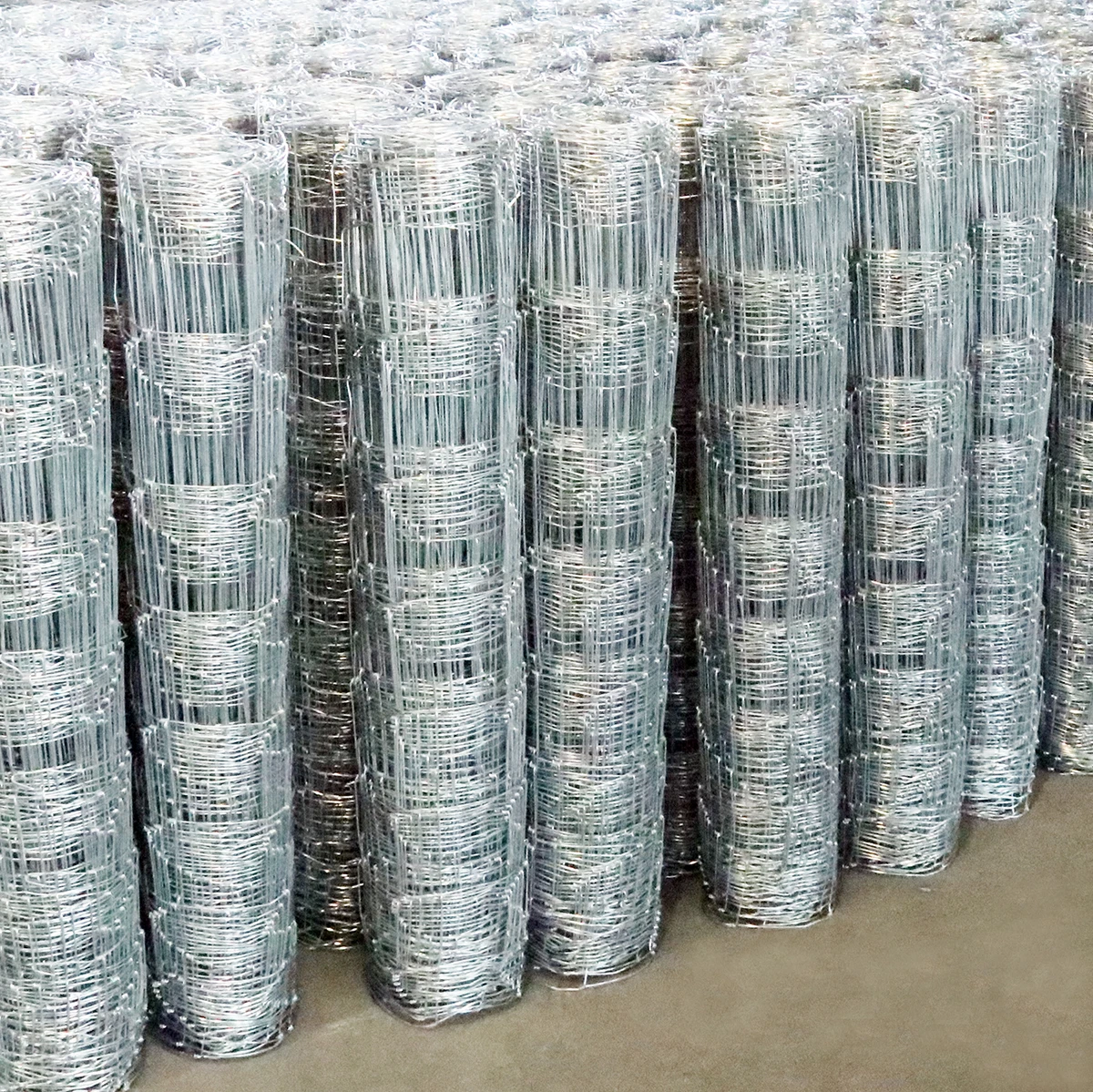Exploring the Benefits of Composite Trailer Leaf Springs for Enhanced Performance and Durability
11月 . 09, 2024 07:00
The Rise of Composite Trailer Leaf Springs Revolutionizing Transportation
In recent years, the transportation industry has witnessed a significant transformation, particularly regarding the materials used in vehicle components. One notable advancement is the introduction of composite trailer leaf springs, which are quickly gaining popularity for their exceptional performance and durability compared to traditional steel springs.
What Are Leaf Springs?
Leaf springs are a type of spring used in vehicle suspension systems. They consist of multiple layers of steel or other materials, known as leaves, stacked together. This design provides flexibility and support while allowing the axle to absorb shocks and bumps from the road. Leaf springs have been a staple in trailer design for decades due to their simplicity and effectiveness.
The Move to Composite Materials
Traditionally, leaf springs were made from steel, which, while robust, has its limitations. Steel springs are heavy, prone to rust and corrosion, and can become fatigued over time, leading to reduced performance and safety. In contrast, composite materials, which can include fiberglass, carbon fiber, and other advanced polymers, offer numerous advantages.
Composite trailer leaf springs are lighter, substantially reducing the overall weight of the trailer, which can significantly improve fuel efficiency. Additionally, these materials do not rust or corrode, ensuring a longer lifespan with less maintenance. The composite's inherent flexibility allows for better shock absorption, leading to a smoother ride for both the trailer and its cargo.
Advantages of Composite Trailer Leaf Springs
composite trailer leaf springs

1. Weight Reduction One of the most compelling benefits of composite trailer leaf springs is their weight. A reduction in weight can lead to increased payload capacity and improved fuel economy. This is particularly advantageous for long-haul trucking, where every bit of weight savings can translate to significant cost savings over time.
2. Durability and Longevity Composite materials are designed to withstand harsh environmental conditions without succumbing to the wear and tear that typically affects metal components. This durability translates to longer service intervals and reduced replacement costs, making composite springs a cost-effective choice in the long run.
3. Improved Ride Quality With their superior shock-absorbing capabilities, composite leaf springs provide a more comfortable ride. This is essential in trailers where cargo stability is crucial; a smoother ride means less risk of cargo damage and a safer journey.
4. Reduced Maintenance Unlike steel springs, composite springs require minimal maintenance. Their ability to resist corrosion and fatigue means that operators spend less time and money on upkeep, allowing them to focus on what matters most their business.
5. Sustainability As industries move towards more sustainable practices, composite materials are often viewed as a greener alternative. Many composites are recyclable, and their longevity reduces the need for frequent replacements, leading to less waste in landfills.
Conclusion
The integration of composite trailer leaf springs into the transportation sector marks a significant step forward in engineering and materials science. With advantages in weight reduction, durability, ride quality, maintenance, and sustainability, composite springs are setting a new standard for trailer performance. As the industry continues to evolve, it is clear that composite materials will play a crucial role in shaping the future of transportation. They're not just a trend; they represent a fundamental shift towards more efficient, reliable, and sustainable transport solutions. Embracing this innovation will not only benefit manufacturers and operators but also contribute to a greener and more efficient transportation ecosystem.









 Unity
Unity Creation
Creation Challenge
Challenge Contribution
Contribution










